Collector of Souls: Alice Neel
The retrospective exhibition “Alice Neel: People Come First,” curated by Olivia Laing, Hilton Als, Katy Hessel, and Eleonor Narine, invites you into the personal world of American artist Alice Neel within the walls of the Barbican Art Gallery.
Emotions awaken in a picture you look at, and the roots of a new thought and feelings leave themselves their mark on your body. Alice Neel was one of the most important painters of the 20th century, by tearing down the walls one by one that stood in her way. From her friends to family, from Andy Warhol to Kenneth Fearing, she has painted immigrants, the poor people, gay and transgender individuals, workers and political activists. Leaving behind the dominant perspective of the past, she never hesitated to show her humanist and political attitude by including the stories of her subjects, regardless of their background that she draw. Through her paintings, she depicted that she she was always with people from all walks of life.
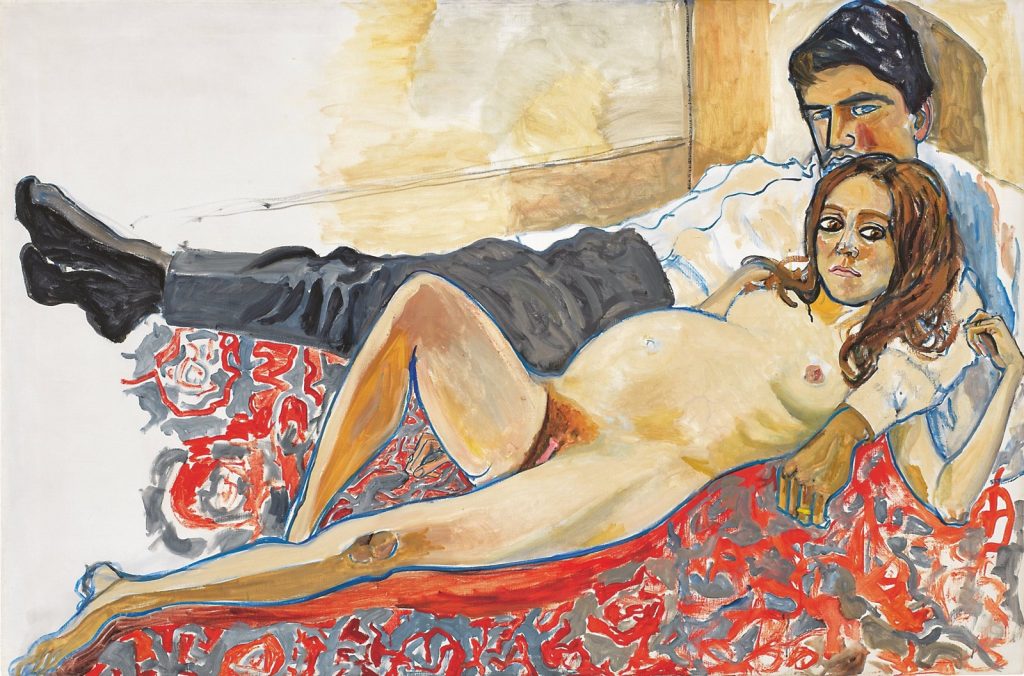
While the unknown potential of what the body can convey, Neel loved to use this unexpected element. After stopped working on the avant-garde figurations of the 1940s and 1950s, she developed her own style and perhaps that’s why Alice Neel started looking at the human body from a new perspective. By succeeding to leave a trace of herself in each brush stroke; she conveyed us to the memories of the subject’s personality, emotions, and life in her works.
Embracing the complexity and diversity of human beings, Alice Neel used modern colors, brushstrokes, and forms in her works, despite she belong to the last century. Her fascinating and humble attitude invites us to explore the rich texture of the human experience by delving into the hidden depths of souls.
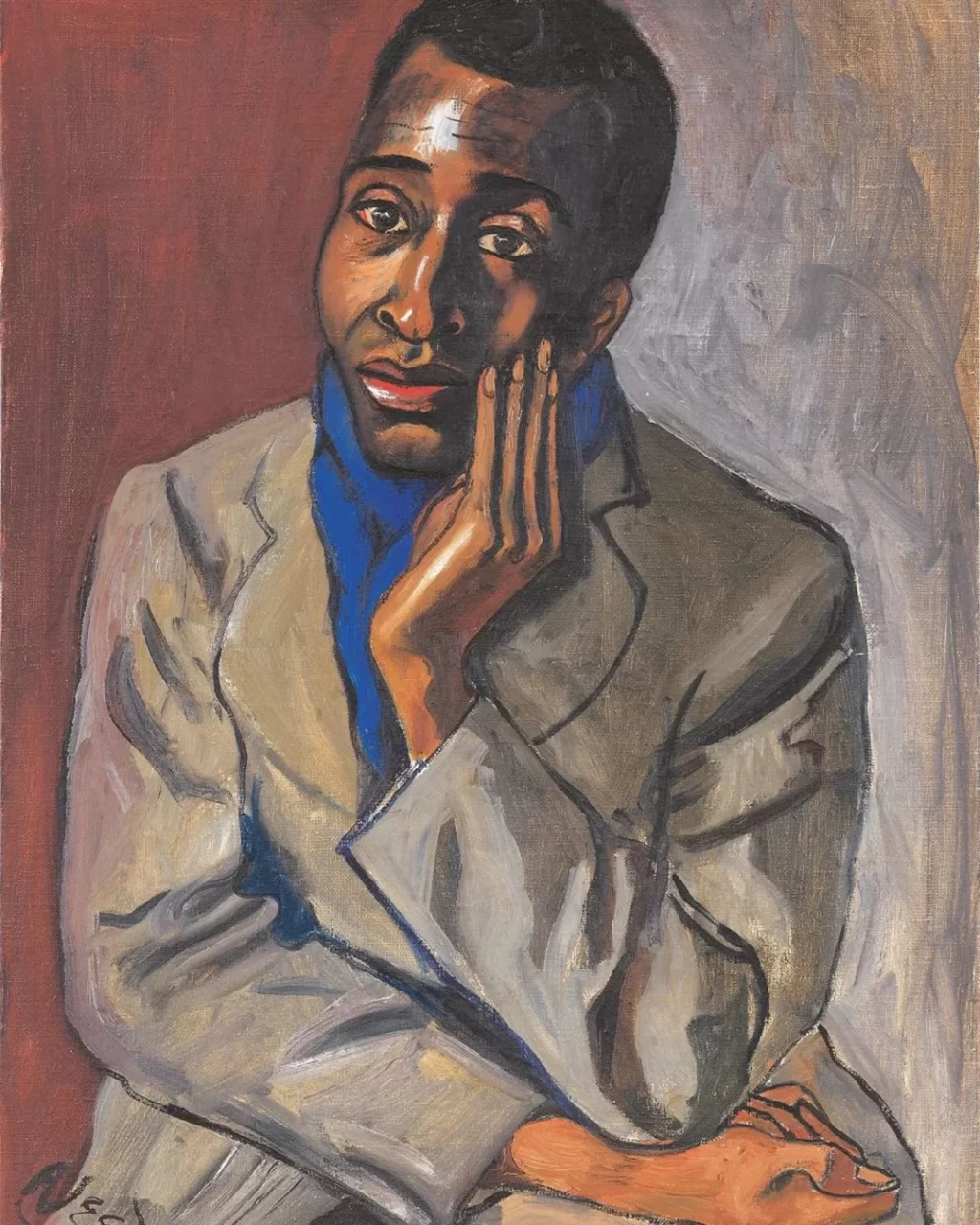
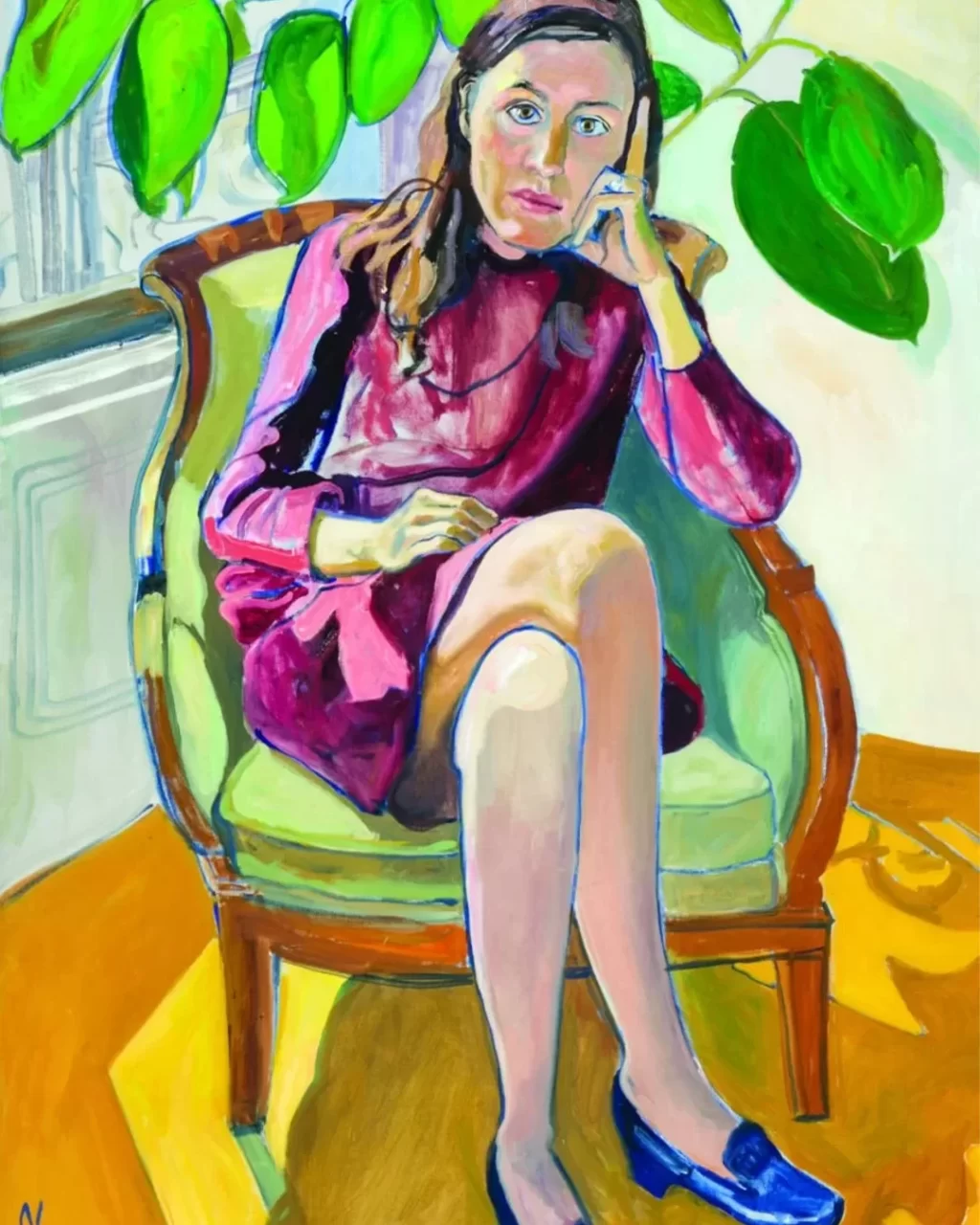
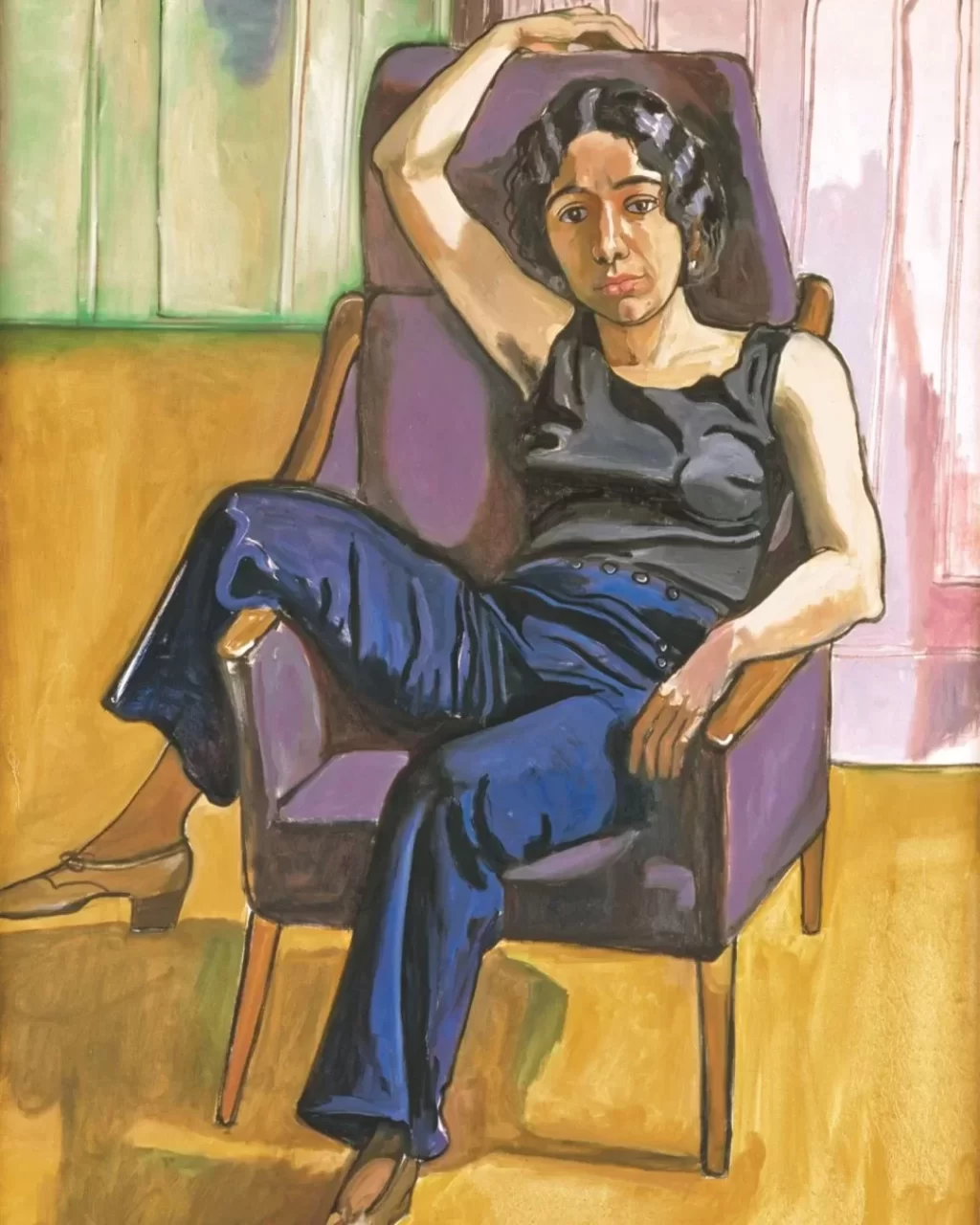
Sharing this invitation to explore with Nancy and Olivia, two of her most well-known works, as well as Andy Warhol, Alice Neel captured the realities of both individuals and life in her portraits. In Nancy and Olivia, which portrays Nancy as a daughter and mother sitting with her child, Neel conveyed maternal instincts and resilience. Meanwhile, Nancy’s granddaughter Olivia was depicted as exploring the world with curious eyes. Alice Neel didn’t just depict her subjects’ appearances, she also conveyed emotions. In Nancy and the Rubber Plant, for example, Neel portrayed Nancy with a giant rubber plant behind her, creating a balance between people and objects and blending the tranquility of nature with the thoughtful posture of the bride. Neel preferred to capture this balance instead of focusing on the mundane aspects of everyday life.
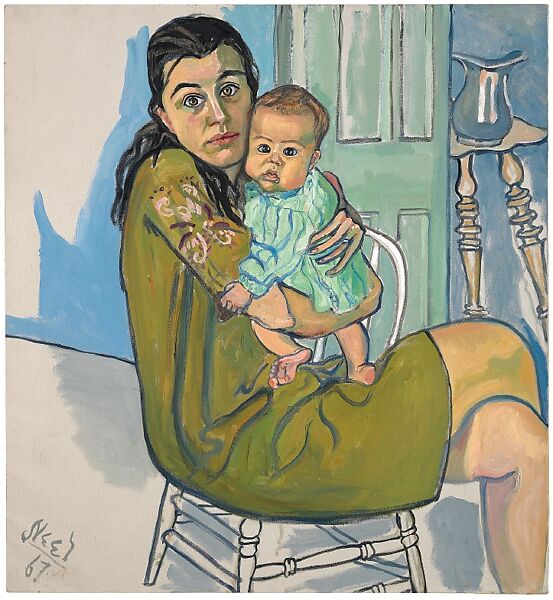
Similarly, in her work titled ‘Andy Warhol’, Neel used bold and eye-catching brushstrokes to capture Warhol’s purest essence. She had a unique talent for revealing the innermost thoughts and feelings of her subjects, beyond just their physical features, which is the greatest proof of that. Warhol, who always protected himself from others and kept hidden himself behind wigs, makeup, sunglasses, and never-before-seen clothing, once famously said, ‘Nudity is a threat to my existence.’ Despite this, Alice Neel managed to reveal Warhol’s most vulnerable, unexpected, and lonely emotions – in other words, the real Andy Warhol who had been hiding in a box – and presented him to the world.
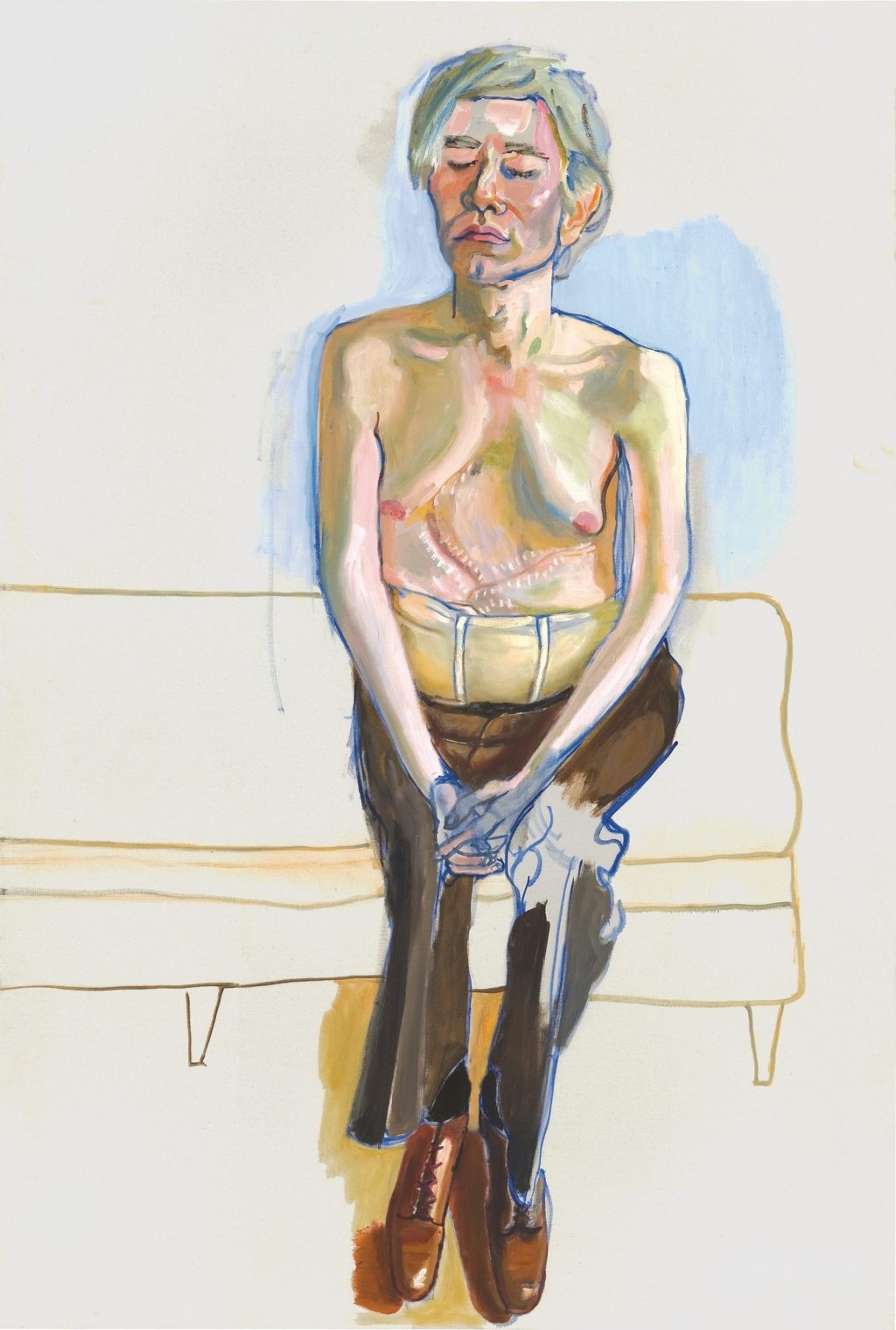
In today’s world where everything changes rapidly, encountering such works that manage to stop time leaves us with a reality that is very difficult to find traces of life. Beauty is truth, truth beauty, says Keats. Inspired by the philosophy of Keats, she revealed life’s struggle, tragedy, joy and the spirits she collected in her timeless works.

These inspiring winds that can stop time are pulling us into the world of Alice Neel, which we can visit within the walls of the Barbican Art Gallery until May 21st. Let yourself dive into the stories behind the portraits.